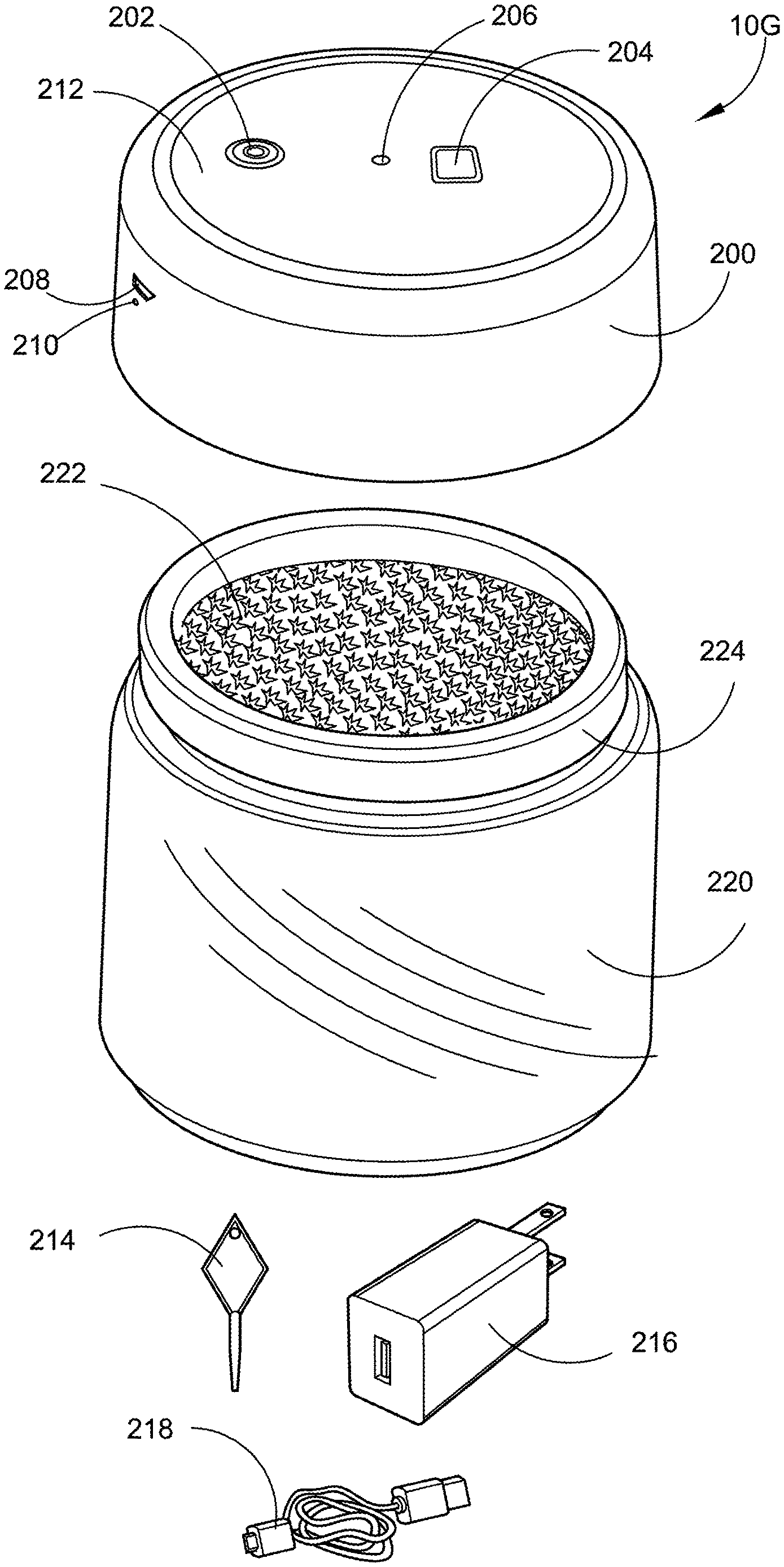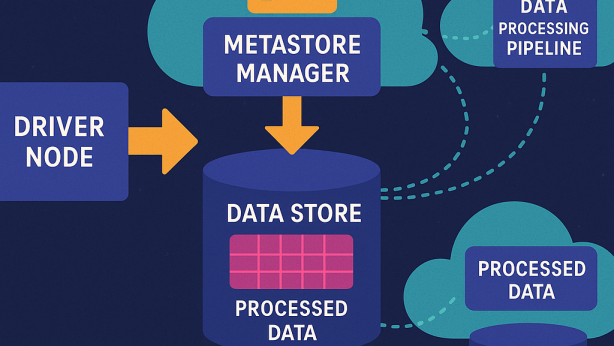Invention for Biometric locking container with integrated vacuum pump

Invented by Steven D. Cabouli, Individual
The integrated vacuum pump is another key feature of these containers. It creates a vacuum seal that prevents air, moisture, and other contaminants from entering the container. This makes the container ideal for storing sensitive items such as documents, jewelry, and electronics. The vacuum seal also helps to preserve the freshness and quality of food items, making it a popular choice for storing food products.
The market for biometric locking containers with integrated vacuum pumps is driven by several factors. First, the increasing need for secure storage solutions is driving demand for these containers. With the rise in theft and burglary cases, people are looking for ways to protect their valuables. Biometric locking containers provide a high level of security that traditional locks cannot match.
Second, the growing awareness of the importance of preserving the environment is also driving demand for these containers. The vacuum seal helps to reduce food waste by preserving the freshness of food items for longer periods. This reduces the need for frequent trips to the grocery store and helps to reduce food waste.
Third, the increasing adoption of smart home technology is also contributing to the growth of the market. Biometric locking containers can be integrated with smart home systems, allowing users to monitor and control access to the container remotely. This makes it easy to manage access to the container and provides an additional layer of security.
In terms of geography, North America is the largest market for biometric locking containers with integrated vacuum pumps. The region has a high adoption rate of smart home technology and a growing awareness of the importance of secure storage solutions. Europe is also a significant market for these containers, driven by the increasing demand for eco-friendly products.
In conclusion, the market for biometric locking containers with integrated vacuum pumps is growing rapidly, driven by the increasing need for secure storage solutions, the growing awareness of the importance of preserving the environment, and the adoption of smart home technology. As more people become aware of the benefits of these containers, the market is expected to continue to grow in the coming years.

The Individual invention works as follows
This application is directed at a Biometric locking jar with integrated vacuum pump. This application provides a biometric lock lid that can be interconnected with any container or jar. The biometric locking lid has an integrated vacuum pump and labyrinth seal gasket. This acts to secure the jar against unauthorized access. An individual enrolls their thumb print or fingerprint. The user scans and recognizes their fingerprint to activate the vacuum pump. This locking jar can be used to protect contents and keep them fresh. It also serves to prevent children from gaining access to the contents.

Background for Biometric locking container with integrated vacuum pump
There is a growing need for safe storage solutions that can safely store certain substances, such as Opioids and cannabis, in an environment that is safe and secure. These pills could be dangerous to children or adults if they are left unattended in open containers. The Biometric Locking Jar and Integrated Vacuum pump system provides a unique fingerprint/thumbprint enrollment/reader that allows you to open the device without having to use cumbersome keys that are easily lost or misplaced. While cannabis, Opioids, and other drugs can be legal and useful for adults to possess, they can be dangerous for children and adults who aren’t responsible for their actions. The Biometric Locking Jar and Integrated Vacuum Pump is a sealed device that locks the lid using a vacuum.
In certain circumstances, tobacco-like articles can be kept in clear glass containers that allow excessive moisture migration. Moisture migration from the containers should be prevented during the product shelf life as well as the time of consumption. Moisture egress from containers can lead to moist Cannabis losing moisture, causing it to lose freshness characteristics and negatively impacting other tobacco-like products.
Numerous innovations have been made in containers as described in the prior art. These innovations may be appropriate for the individual purposes they address but they are not the same as the Biometric Locking Container with Integrated Vacuum Pump. Here is a list of prior art patents that are most relevant to the Biometric Jar with Integrated Pump. Also, a description of the differences between the present application’s features and the prior art.
U.S. Pat. No. No. 8.556,070 by David Karl Bried and al. This describes a package device for tobacco products that can be used in order to improve the freshness of tobacco products and other products. Certain features can increase product freshness during shelf life as well as during consumer use.
This patent covers a package device for tobacco products that can be used in order to improve freshness and other characteristics. It does not include the biometric locking system that uses the thumb or finger unlocking means, or any similar to the Biometric Jar with Integrated Vacuum Pump. The Biometric Locking Jar will be made of a smoke tinted or high-grade smoke tinted plastic, and metals, alloys and composite materials.
U.S. Pat. No. Kevin Lim et. al. A container that contains a chamber for holding medication, a lockable cover that covers the opening of the chamber, a biometric reader, a scale and one or more processors is described. The container can store prescription information that indicates how often medication should be given. The scale can be used to measure the weight of medication in the container. The biometric sensor may sense biometric information. The biometric data may indicate that the container is being opened by a specific person. The container can unlock the lid selectively based on the prescription information, the medication’s weight, or biometric information.
This patent covers a product package device that holds medications. It includes a lockable lid, a biometric sensor and a scale. This patent covers an important service piece that is required to function. It does not cover a container to hold or dispense pills, Cannibals, or have the biometric fingerprint locking mechanism or thumbprint locking mechanisms.
U.S. Pat. No. No. 9,630,747 by William Thomas Smith et.al. This describes a container that can be used for visualizing, smelling, and displaying botanical materials such as cannabis and tea. It includes a lid, lens, and container body. The container body can be shaped to create a mounting projection that allows for a sample (such as a botanical sample) to be held. The container body and lid create an airtight seal. The lens can be used to visualize a sample. A preferred embodiment has a lid that is designed to allow for the sampling of aromas from samples within. One or more projections can secure a card containing sample identification information.
This patent covers a container for visualizing, displaying, and sampling botanical materials. This container does not have the airtight seal or the thumb or biometric fingerprint locking mechanism on compact or jar-style containers.
US Patent Application Publication No. 2017/0190482 by William Thomas Smith et. al. This article describes embodiment containers for visualizing, smelling, and tasting botanical materials. It includes a lid, lid, lens, and container body. These may be of various shapes. A preferred embodiment’s lid is designed to create a recessed area that allows for aroma sampling of the sample within. The lid has a recessed area that can accommodate a removable plug. The airtight container with its lid and container body, together with the removable plug, fits within the lid. The lens can be used to visualize a botanical sample.

This patent covers a second container that can be used for visualizing, displaying, and aroma-sampling botanical materials like tea and cannabis. The lens may allow you to visualize a sample of botanical material through the device’s holding components.
U.S. Pat. No. Mathew R.Gibertson et. al. 9.869,978 This article describes how to commission a set of electronic locks. The method involves inserting one electronic key into each lock, and then recording an internal code that identifies the lock. It also includes a biometric method to allow controlled access to a container with one of the commissioned electronic lock.
This patent covers a biometrically authorized controlled secure access to a container with one of the commissioned electronic locks. It does not include the biometric locking system that uses the thumbprint or fingerprint to unlock small or large containers containing cannabis or pills.
U.S. Pat. No. 9,355,510 of Rick Crigger et al. Rick Crigger et al. 9.355,510 The equipment structure contains storage areas for storing equipment, as well as locks that correspond to the storage places for individually securing equipment to the structure. An authorization signal from an identification station can be received to unlock a lock containing the specific piece of equipment in order to allow removal.
This patent describes a sophisticated weapon system that uses biometric components, but it does not use the biometric locking mechanism using the thumbprint or fingerprint actuation unlocking means for unlocking a cannabis or pill container.
US Patent Application Publication No. “US Patent Application Publication No. 2017/0046898” by Steven D. Cabouli describes a Biometric- and Bluetooth-enabled vehicle console and glove box lock that provides an unique apparatus for locking enclosures, such as vehicle doors, trunk locks, vehicle doors, vehicle roof locks and the like. It can be controlled indirectly via a smartphone, tablet, or computer. The Biometric and Bluetooth-enabled vehicle Console and Glove Box Lock includes a biometric-based fingerprint authentication module and a Bluetooth/RFCOMM communication enabled module to block unauthorized users from accessing the device.
This patent covers a Biometric and Bluetooth-enabled vehicle console and glove box lock that provide a unique mechanism for locking enclosures, such as any vehicle compartment. However, it does not include the process of locking cannabis and pill containers with biometric locks. It doesn’t have the unique feature that a container can engage with the mating members of the biometric locking mechanism.
US Patent Application Publication No. “US Patent Application Publication No. 2016/0360351 by Steven D. Cabouli describes an innovative apparatus and method for locking encloseds such as luggage and briefcases. It also includes a biometric and Bluetooth enabled case lock system. This device can be controlled via a smart phone, tablet, or computer. The Biometric and Bluetooth Enabled Case Lock System contains a biometric-based fingerprint authentication module and a Bluetooth communication enabled unit to block unauthorized users from accessing the device. The processor on the board controls and interprets commands from an external Bluetooth device. This allows for control of the case lock system via an app on a smartphone, tablet, or computer.
This patent describes a Biometric- and Bluetooth Enabled Case Lock System. It provides an innovative apparatus for locking enclosures like luggage, briefcases and lockers. However, it does not provide a safe, airtight container using a unique style biometric locking mechanism for the storage of Pills and Cannabis.
None” of the prior art teaches, suggests or suggests the unique features of the Biometric locking jar with integrated vacuum pump. This clarifies the need to make further improvements in devices that can be used to accomplish these purposes.

Before explaining at least one embodiment, it is important to understand that the design does not limit itself to the details of construction or the arrangement of components as described in the drawings. The Biometric Locking Jar and Integrated Vacuum Pump can be used in other ways and are open to many different configurations. It is important to understand that terminology and phraseology used herein are not intended to limit the scope of the invention.

Click here to view the patent on Google Patents.


